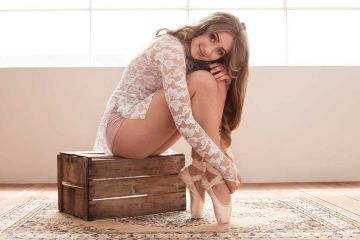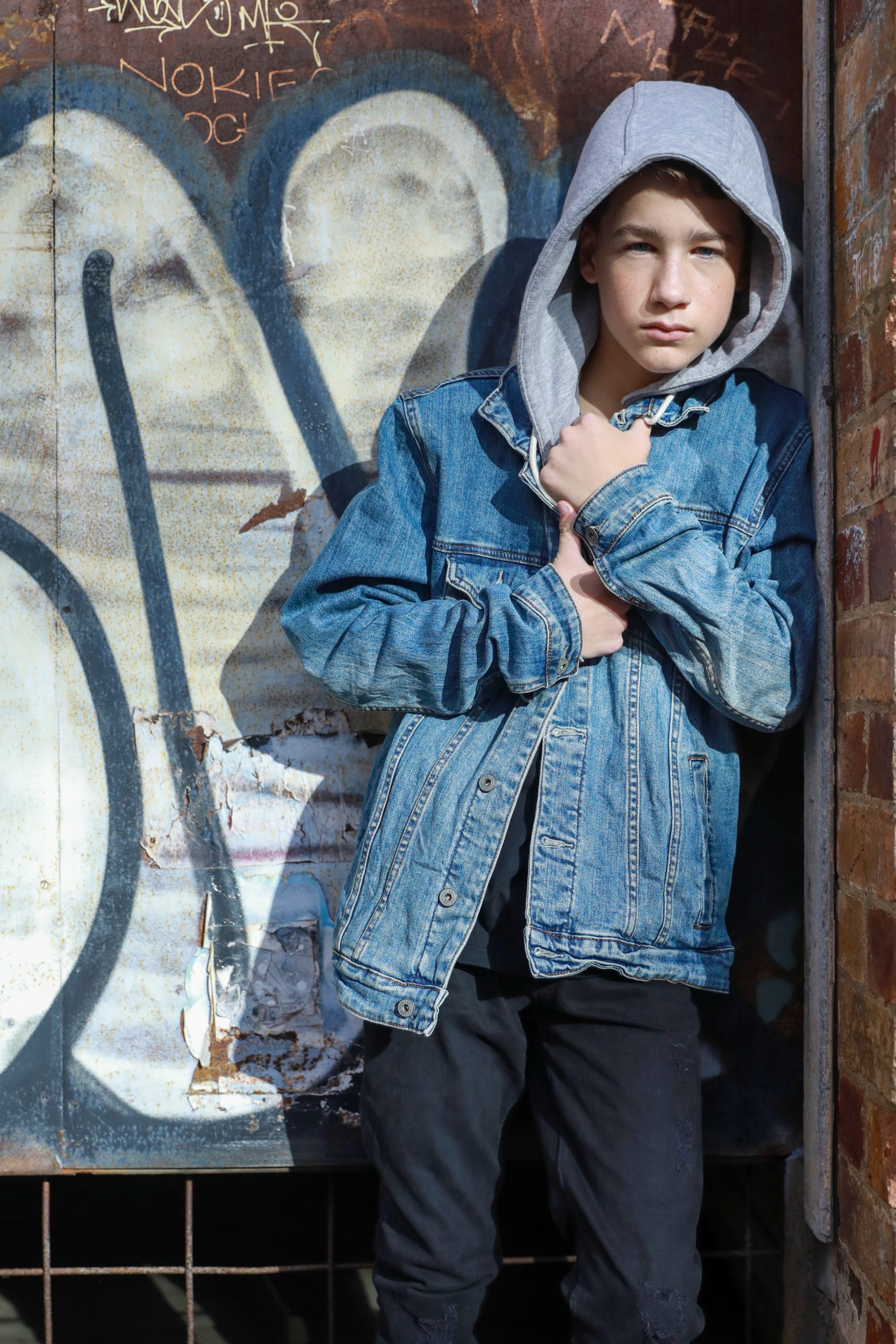The Newbie's Guide to Product Photography
If a picture deserves a thousand words, a sensational product picture is worth a thousand website brows through. Although I do not have data to support that statement (yet), product photography can be exceptionally valuable to your ecommerce internet site strategy.
To reach your target audience members that prefer buying online, you also need to provide your target market clear, eye-catching pictures of your products.
Yet product photography isn't as straightforward as directing and also firing. Also one of the most fundamental items need the correct devices, lights, as well as space to produce lovely pictures that market shoppers right from the purchase page.
6 Product Photography Tips ( and also Instances) for Taking Pictures That Sell
Below are the pointers, instances, as well as products you'll need to successfully picture and market your items in a manner that makes your site visitors as well as leads want to convert.
1. Don't be afraid to use your smartphone's video camera.
This is the part where I'm intended to encourage you to buy a high-end, 50-megapixel (MP) camera with a 100-millimeter screw-on lens. However I'm not going to do that.
If you currently possess a cam that fits this description, make the most of it. But for several sorts of products, it's completely appropriate to fire product images on a mobile phone.
More recent mobile phones flaunt effective camera lenses and also setups that permit you to enhance your shots for the different types of light and also environments you might shoot in.
If you require a lot more persuading, just take a look at Apple's Shot On An iPhone project and also the pictures that have arised from it throughout the years such as this:
2. Fire from a tripod for photo consistency.
Before discussing tripods, I'm obligated to start with a cardinal guideline: Don't prop your phone against something sturdy to intend your lens toward the topic.
It's just as well easy for this makeshift configuration to glide about throughout the shoot as well as trigger incongruities in your images' appearance. If you relax your cam on, state, a stack of publications, just make sure this plan doesn't alter throughout the shoot.
There's no injury in holding your cam yourself when firing simply a couple of product photos for your ecommerce internet site. But as your company expands, as well as you take a lot more pictures of more items, it can be challenging to systematize the product's orientation in each photo when shooting handheld.
To make certain uniformity across your items, you'll require a tripod. And also thankfully, acquiring one isn't always the large, industrial-sized financial investment it made use of to be.
Right here are two sorts of tripods to take into consideration.
Traditional vs. Adaptable
This is a practice tripod-- there are conventional tripods available for both video cameras and smartphones.
A flexible tripod can be manipulated in a variety of ways. You can bend its legs and also put it on different surfaces to obtain the angle you require.
Mobile Hold
There's usually a screw on the top of your tripod which attaches to your camera to hold it in position. The bottom of the majority of professional-grade electronic cameras has a screw hole just for this purpose, yet smartphones can use the complying with adapter:
The adapter grasps the sides of your mobile phone and can screw into either type of tripod, allowing you to operate the electronic camera regulates with the phone screen dealing with outside and toward you.
When you identify which install you'll need, establish it up in front of your product, and take into consideration placing 3 pieces of tape on the ground to mark where you want to keep each leg of your tripod over the course of the shoot.

3. Pick all-natural light or synthetic light.
Never ignore just how specific kinds of light can enhance (or hinder) your product photography. Remember, buyers obtain the most effective look at an thing personally, where they can see whatever they require to prior to acquiring. The right lights plan helps you disclose those critical decision-making product attributes when all web site visitors need to go on is a photo.
A single lighting arrangement might not benefit every product-- a lighting plan that benefits some products could damage the look of others.
There are two types of light you can pick as your major light: all-natural and fabricated light.
All-natural Light
Natural light describes sunshine-- basic as that. It's also called "soft light" due to the fact that the sunlight casts a bigger, softer variety of light than, claim, a lamp shining straight on the product. Ecommerce product shots thrive in all-natural light if:
The product is shot outside or indicated to be used outside.
The product is made use of by, worn on, or shot with Get more information a individual (people often tend to look much better in natural light).
You're attempting to emphasize the product's surroundings, rather than certain attributes of the product.
Right here's an example of a shot using natural light:
Synthetic Light
Artificial light consists of candle lights, fire, and much more typically, light bulbs. It's additionally referred to as " tough light" due to the fact that it produces a smaller however more concentrated light surface area. This type of light deals with products with physical information that require to be highlighted to impress an on the internet consumer.
As a basic policy, stay with simply one kind of light per photo-- natural or man-made. Including natural light to an unnaturally lit photo can soften a product that's implied to festinate, and including fabricated light to a naturally lit photo can hone a product that's indicated to look soft. You do not wish to get in your very own means.
4. Load or jump your light to soften shadows.
Whether you use all-natural light or artificial light, you'll need to minimize the darkness that any prospective hard light casts on the contrary end of a product.
There are 3 means to do this:
Fill up Light
Consist of another, less-intense light source to supplement your main light. This added light is called your fill light and also is used as a counterbalance to soften the all-natural darkness your major light generates behind an item.
To do this, place your fill light contrary your major light so your product sits between both source of lights.

Flashbulb Bounce Card
A bounce card, or reflector card, is a little card that " shows" or "bounces" the main light back onto the surface area under your product to lower shadows.
Some bounce cards affix to the flashbulb of a specialist electronic camera lens to diffuse the light from the video camera's flash. This card sprays a softer light onto the subject from over your set-- as opposed to directly at it-- so you don't have lengthy shadows trail behind the object you're firing.
Standalone Bounce Card
If you're firing from a smart device, a flashbulb bounce card isn't an alternative, since you do not have a physical flash you can connect it to. Instead, make your own standalone bounce card positioned opposite your major light.
For novices to product photography, this bounce card can efficiently change your fill light, which counters the hard light from the video camera flash or lamp that's dealing with toward the front of your product.
5. Use a move or portrait setting to stress the product.
There isn't one appropriate way to place your product, lights, as well as jump cards-- they can alter considerably depending upon your history. However don't choose a history based on what's most convenient to develop. Histories ought to resemble how you desire your buyers to view your product when seeing it online.
Consider initially whether you 'd such as a white background or a much more vibrant, real-world background. There's an very easy method to attain each one.
White Background: Move
For white backgrounds, it's not as basic as setting up a table against white drywall. Also smart device cameras can grab little imperfections on a white wall that you would not discover with the nude eye. To catch a perfect white history without edges or acnes, utilize a sweep.
A sweep is a large flexible sheet of paper, whose bottom serve as the surface area under your product and after that curves up into a white wall surface behind the product.
On video camera, the sweep's curve is undetectable, stressing vital product details as well as allowing the product to possess all of a website site visitor's focus.
Real-World Background: Portrait Setting
Dynamic, real-world backgrounds are very enticing when capturing products that have a specific use or are being modeled by a individual-- as you saw in the picture of the briefcase earlier in this guide.
However, it's easy for a real-world history to swipe the focus of the photo, making it uncertain which item in the photo you're actually selling.
Provide your product deepness and focus with portrait setting, a image setup on many professional video cameras, as well as additionally readily available on several new smart devices. This setup blurs the background so the context of the product is clear but not completing against the product itself.
Below is a extremely outstanding photo of a HubSpot pen taken in portrait mode on a Google Pixel 2 (I took this image myself). You can inform the pen remains on a desk with a computer system behind it, but the pen is still the prime focus for visitors:
6. Fire a variety of photos.
My last ecommerce photography idea to you is to not stop at one photo per product. Just as your customers look, hold, use, and also also try out merchandise in a shop, your site must fire a variety of photos to simulate this extremely experience.
If you're firing clothing, as an example, record the garment of garments alone-- that is, expanded on a white surface area-- along with on a mannequin whose color contrasts the color of the product.

Then, for extra photos, have the clothing modeled on a individual, enabling you to take pictures of the product from the individual's various postures and also angles.
Product Photography Set-Up
Next, let's summarize what we simply received-- right here's a listing of quick product photography set-up tips that you can describe and share on your team:
• Decide on a cam-- whether or not that suggests using your smart device.
• Obtain a tripod that helps your electronic camera of option.
• Select natural or artificial illumination-- think of which alternative is best for your product as well as atmosphere.
• Determine whether you'll load or bounce light.
• Select move or portrait mode.
• Take numerous different pictures to offer your viewers selection.
Get going With Your Product Photography
Don't feel obligated to buy every tip and piece of equipment at the same time. Use these product photography tips gradually to see what makes your store look the most presentable, as well as alter your approach as your photography chops improve.